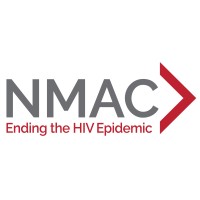
NMAC
Mission: NMAC (National Minority AIDS Council) leads with race to urgently fight for health equity and racial justice to end the HIV epidemic in America Since 1987, NMAC has advanced this mission through a variety of programs and services, including: a public policy education program, national and regional training conferences, a treatment and research program, numerous electronic and materials and a website: http://www.nmac.org/. NMAC also serves as an association of HIV/AIDS service organizations providing valuable information to communitybased organizations, hospitals, clinics and other groups assisting individuals and families affected by the HIV/AIDS epidemic.






